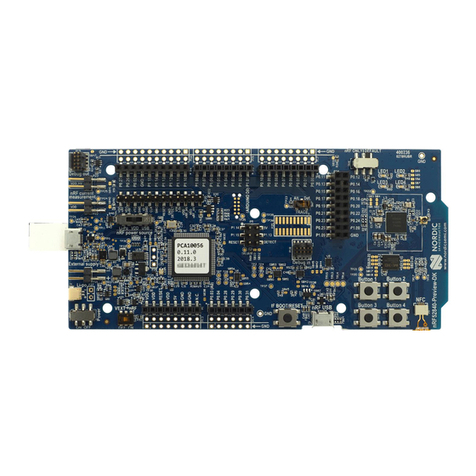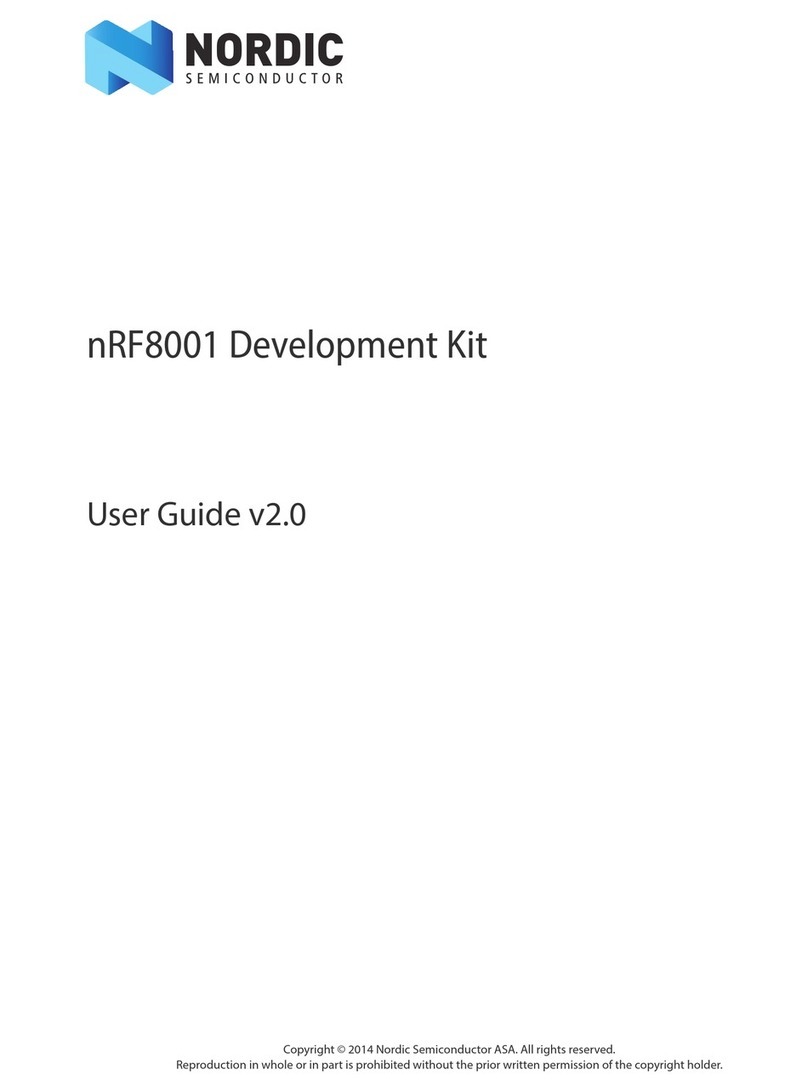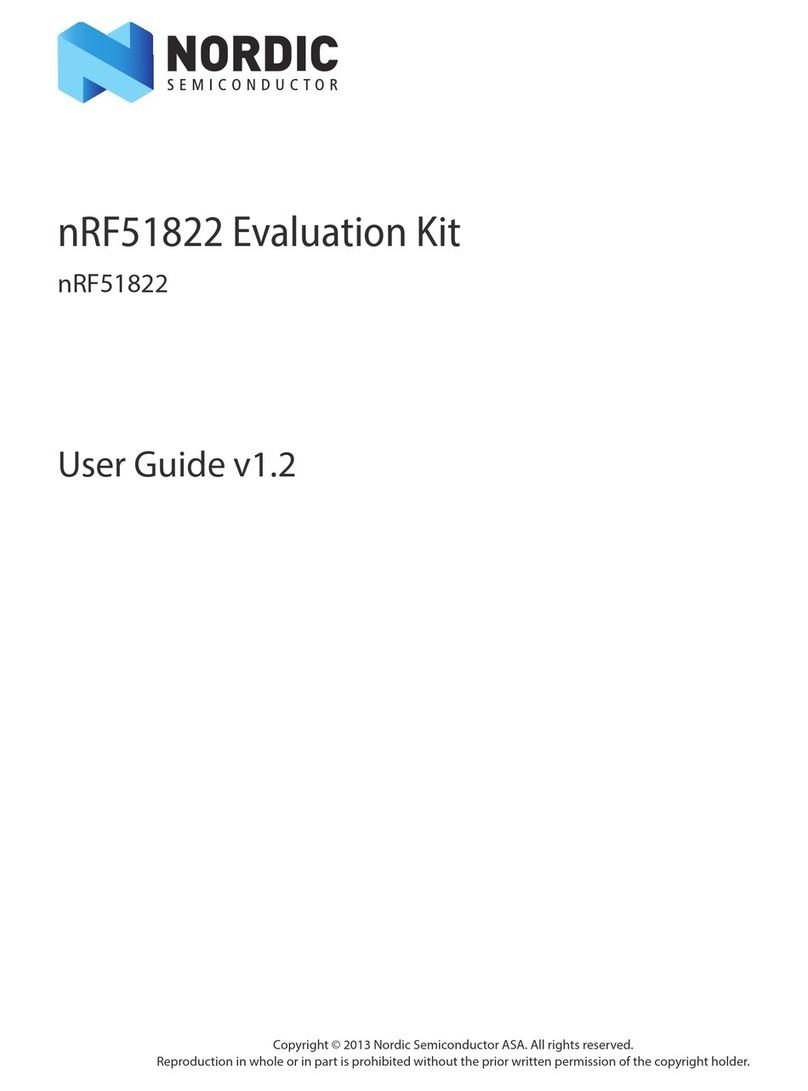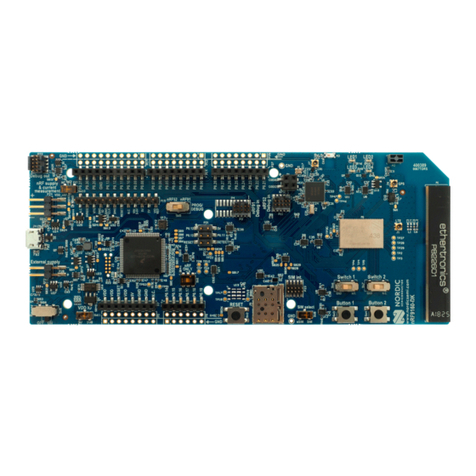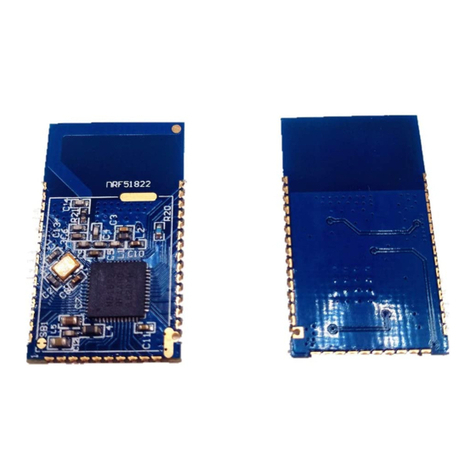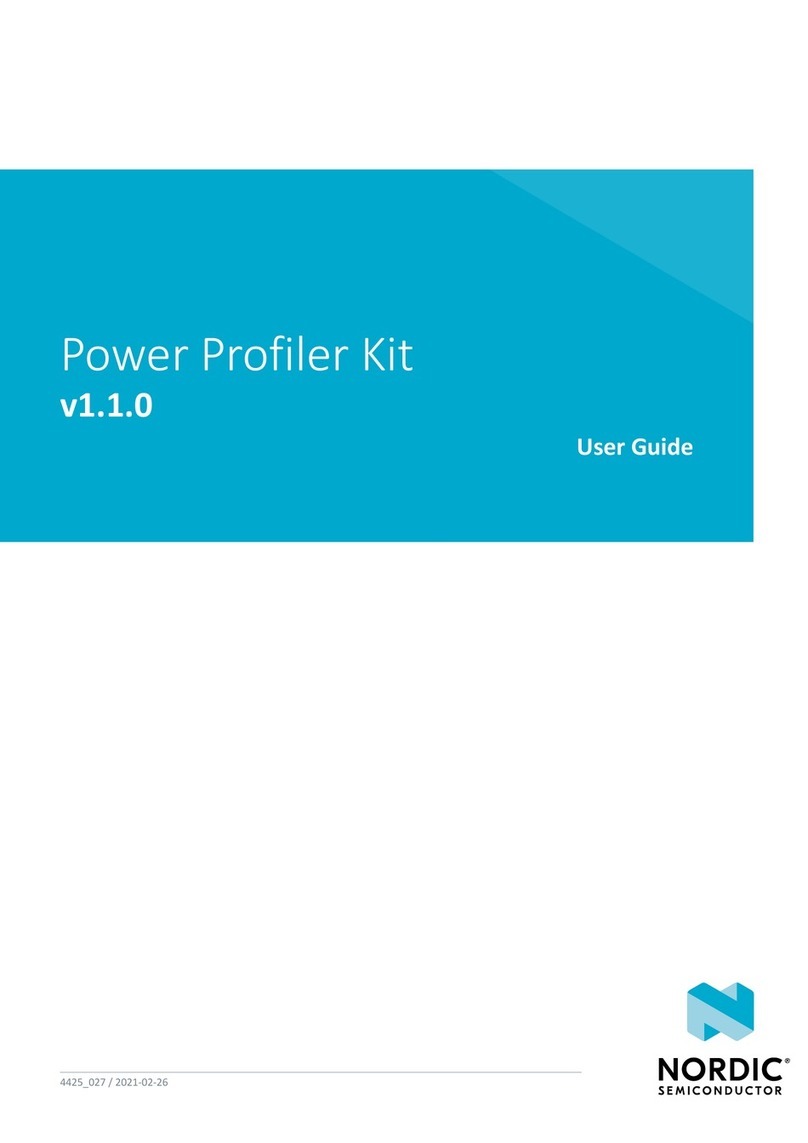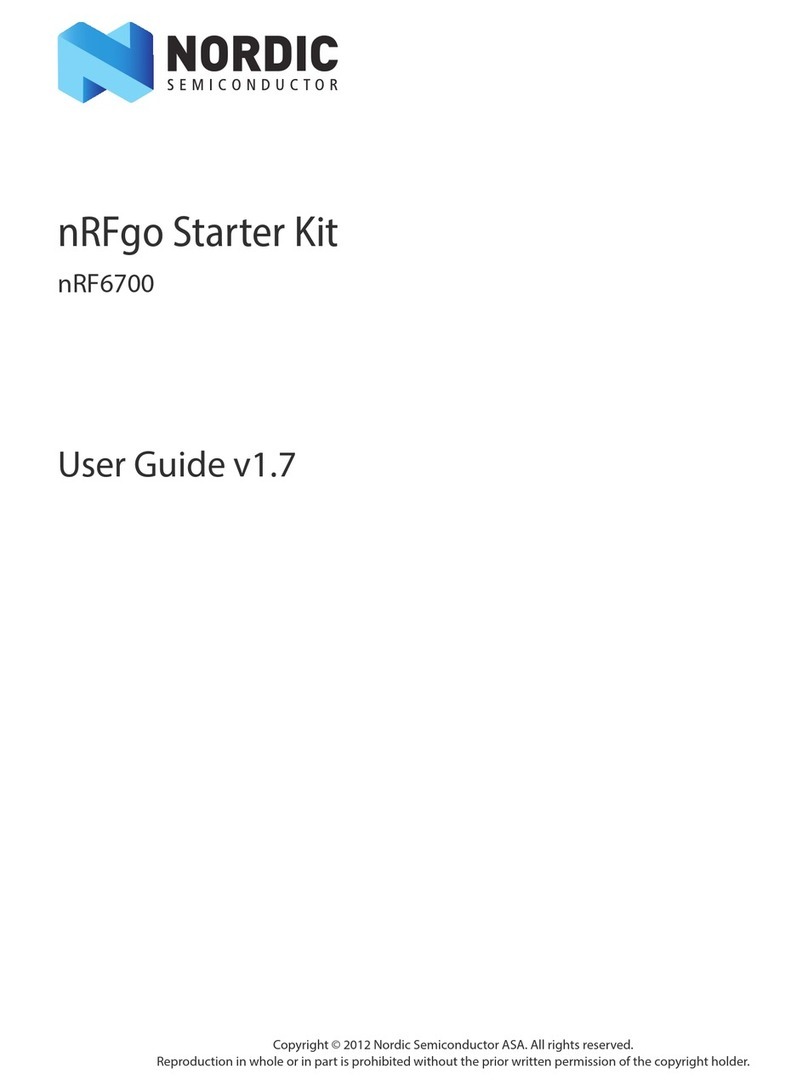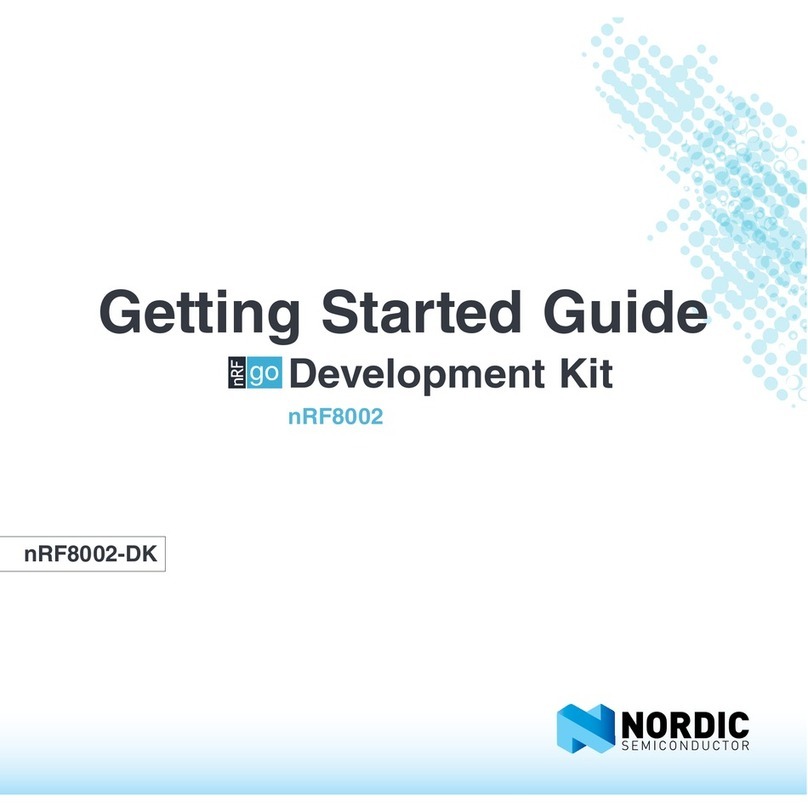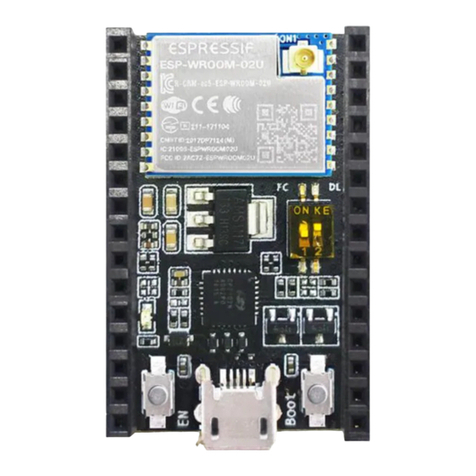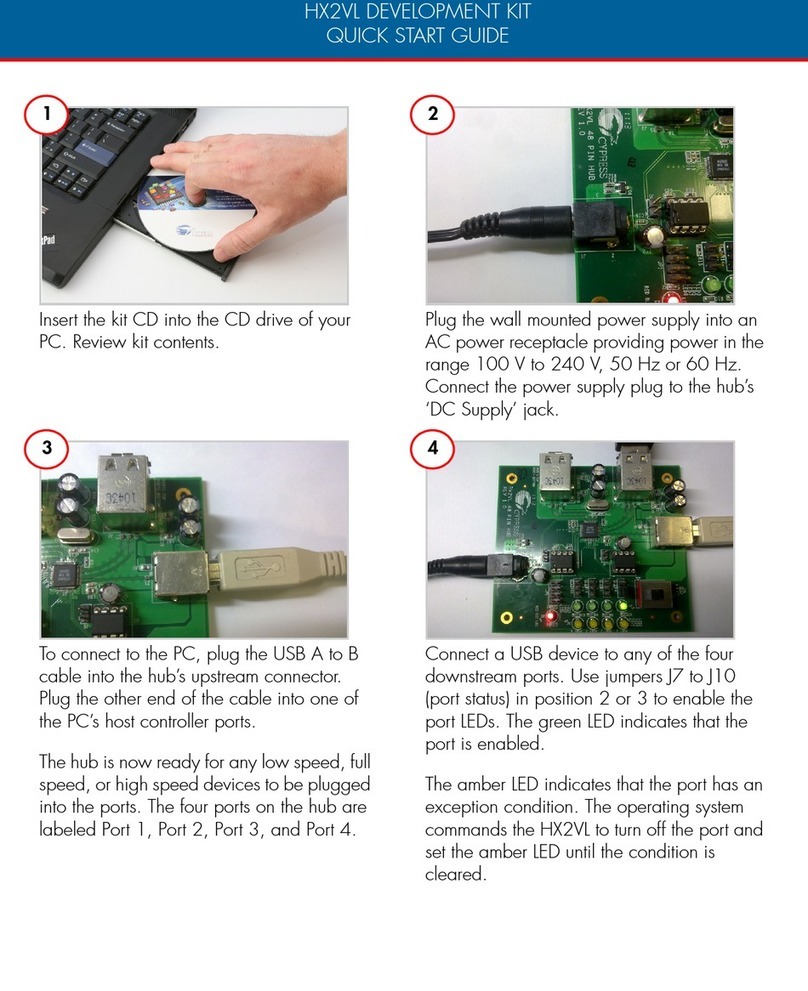
Contents
Revision history.................................. iv
1Introduction................................... 5
2Minimum requirements............................ 6
3Kit content.................................... 7
3.1 Hardware content ................................ 7
3.2 Downloadable content .............................. 7
3.3 Related documentation .............................. 7
4Interface MCU.................................. 9
4.1 IF Boot/Reset button ............................... 9
4.2 Virtual COM port ................................ 9
4.2.1 Dynamic HWFC handling ........................... 10
4.3 MSD ..................................... 10
5Hardware description............................. 12
5.1 Hardware drawings ............................... 12
5.2 Block diagram ................................. 12
5.3 Power supply ..................................13
5.3.1 5 V power sources ..............................14
5.3.2 VDD power sources ............................. 14
5.3.3 Interface MCU power ............................ 16
5.3.4 nRF5340 power source ............................ 17
5.3.5 nRF5340 direct supply ............................ 18
5.4 Operating modes ................................ 19
5.4.1 USB detect ................................. 19
5.4.2 nRF only mode ............................... 19
5.4.3 Signal switches ............................... 20
5.5 External memory ................................ 21
5.6 Connector interface ............................... 22
5.6.1 Mapping of analog pins ........................... 24
5.7 Buttons and LEDs ................................ 24
5.8 32.768 kHz crystal ................................25
5.9 Debug input and trace .............................. 26
5.10 Debug output ................................. 27
5.11 NFC antenna interface ............................. 28
5.12 Extra op-amp ................................. 29
5.13 Solder bridge configuration ........................... 29
6Measuring current............................... 32
6.1 Preparing the PDK board ............................. 32
6.2 Using an oscilloscope for current profile measurement ................ 33
6.3 Using an ampere-meter for current measurement .................. 34
7RF measurements............................... 36
4406_489 v1.0 ii
